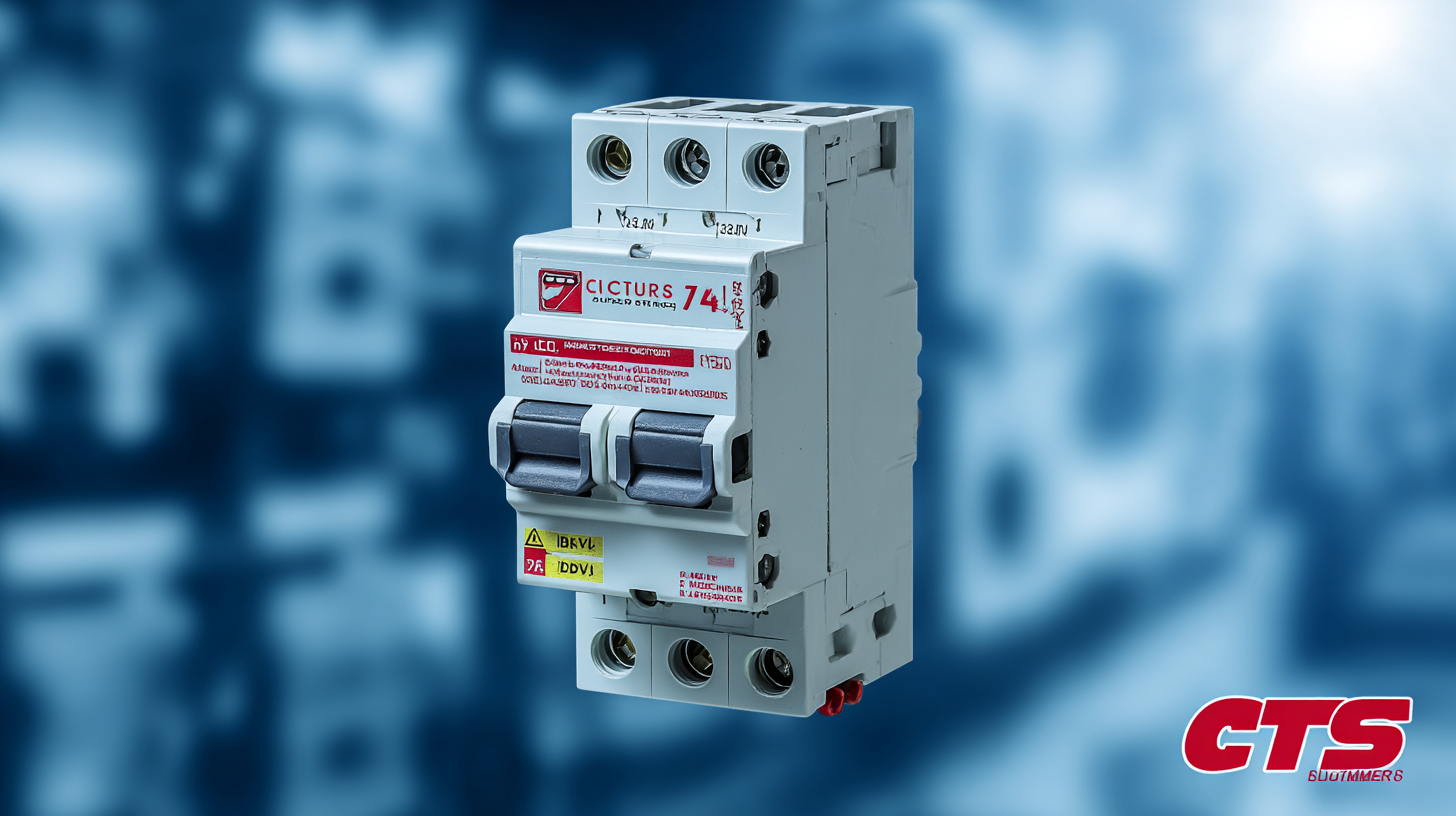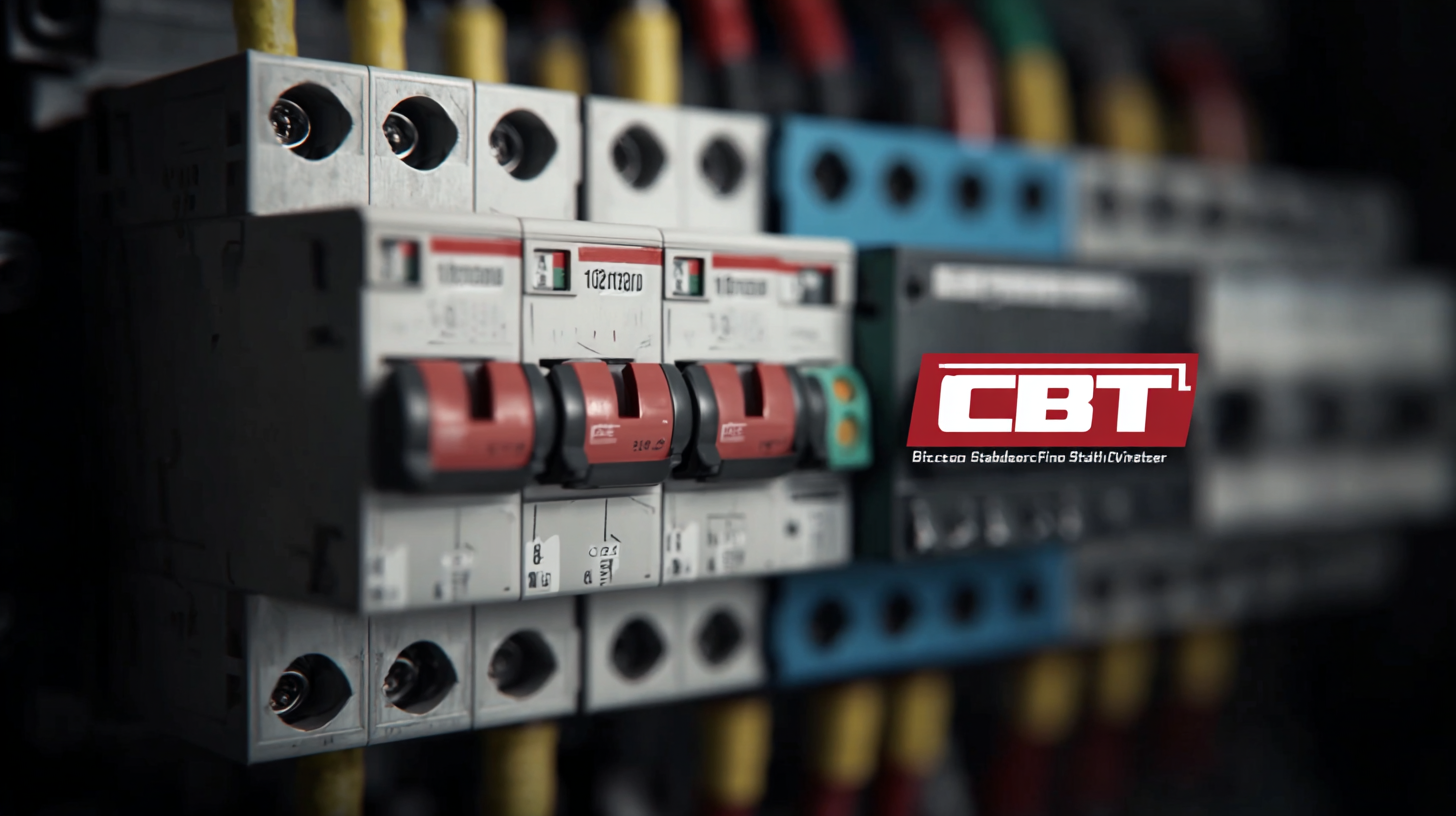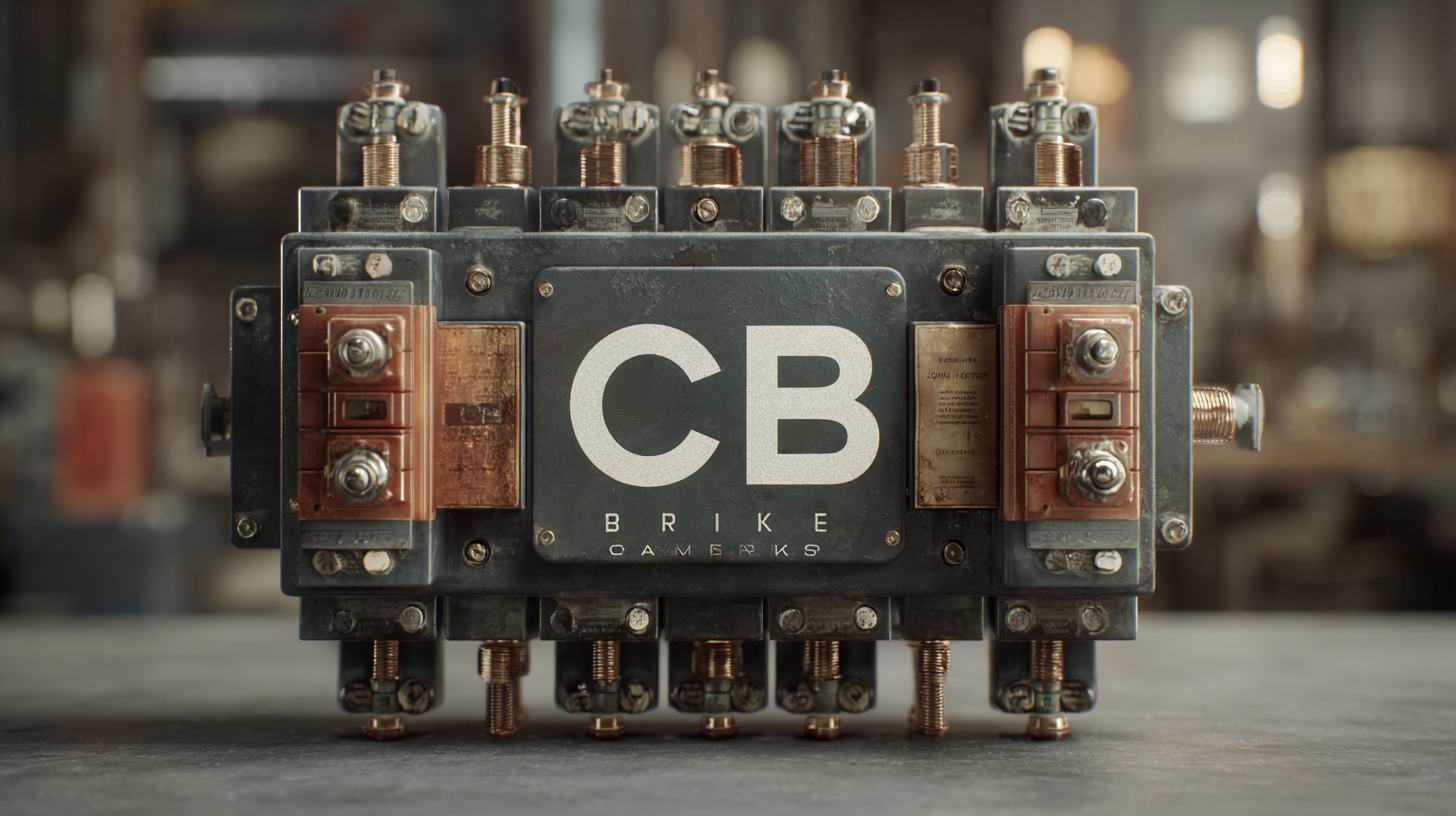
Understanding Industry Standards to Choose the Best Circuit Breaker
In the ever-evolving landscape of electrical systems, understanding industry standards is crucial for selecting the most effective circuit breaker. A circuit breaker serves as a vital safety device, safeguarding against overloads and short circuits, thus preventing potential electrical fires and equipment damage. According to a recent report from the International Electrotechnical Commission (IEC), the global market for circuit breakers is projected to reach $15.98 billion by 2026, growing at a CAGR of 5.7% from 2021 to 2026. This growth highlights the increasing reliance on advanced electrical safety measures across various sectors, including construction, manufacturing, and renewable energy. By grasping the nuances of existing industry standards, professionals can make informed decisions when choosing circuit breakers that not only comply with regulations but also enhance operational efficiency and safety in their electrical systems.

The Importance of Compliance with Industry Standards in Circuit Breaker Selection
 When selecting a circuit breaker, compliance with industry standards is paramount. Industry standards, such as those established by the National Electrical Manufacturers Association (NEMA) and the International Electrotechnical Commission (IEC), ensure that circuit breakers perform reliably and safely under various conditions. These standards govern everything from the materials used in construction to the testing procedures that manufacturers must follow before releasing their products to the market. Adhering to these guidelines not only guarantees the performance of the circuit breaker but also enhances the safety of the electrical systems in which they are employed.
When selecting a circuit breaker, compliance with industry standards is paramount. Industry standards, such as those established by the National Electrical Manufacturers Association (NEMA) and the International Electrotechnical Commission (IEC), ensure that circuit breakers perform reliably and safely under various conditions. These standards govern everything from the materials used in construction to the testing procedures that manufacturers must follow before releasing their products to the market. Adhering to these guidelines not only guarantees the performance of the circuit breaker but also enhances the safety of the electrical systems in which they are employed.
Additionally, compliance with industry standards facilitates easier inspections and provides peace of mind to engineers and electricians who must ensure that systems meet safety regulations. By choosing circuit breakers that align with recognized standards, professionals can significantly reduce the risk of electrical failures or accidents. Moreover, using standardized equipment permits better compatibility and interoperability among various components in a system, enhancing overall functionality and reducing unnecessary downtime. Ultimately, understanding and prioritizing industry standards during circuit breaker selection is essential for maintaining a safe and efficient electrical environment.
Key Factors to Consider When Choosing the Right Circuit Breaker for Your Needs
Choosing the right circuit breaker is essential for ensuring the safety and efficiency of your electrical system. When selecting a circuit breaker, one key factor is the amperage rating. Determine the maximum load of the circuits to avoid overloading, which can lead to equipment failure or fire hazards. It’s also vital to consider the voltage rating, as using a breaker with insufficient voltage can impair its functionality and effectiveness.

Another important aspect is the type of circuit breaker you need. There are two main types: standard and ground fault circuit interrupters (GFCIs). Standard circuit breakers are suitable for most applications, whereas GFCIs provide additional protection in areas prone to moisture, like bathrooms or kitchens. Understanding the specific conditions of the installation environment will guide you in making the right choice.
Tips: Always check for manufacturer recommendations and local building codes when selecting a circuit breaker. Additionally, it’s advisable to consult with a qualified electrician, especially for complex installations, to ensure compliance and safety. Lastly, regular maintenance checks can extend the lifespan of circuit breakers and improve overall safety in your electrical system.
Common Types of Circuit Breakers and Their Specific Applications
When it comes to choosing circuit breakers, understanding the common types and their specific applications is crucial. The most prevalent circuit breakers include Standard Circuit Breakers, Ground Fault Circuit Interrupters (GFCIs), and Residual Current Devices (RCDs). According to the Electrical Safety Foundation International, GFCIs prevent electrical shock by interrupting the circuit when they detect imbalances in electrical current, making them essential for wet areas such as kitchens and bathrooms.
Another important type is the Miniature Circuit Breaker (MCB), which protects against overloads and short circuits. The global market for MCBs is projected to reach $9 billion by 2026, reflecting their indispensable role in residential and commercial applications. Similarly, RCDs are vital in ensuring electrical safety, particularly in outdoor environments where moisture is a factor. They work by detecting current leakage and disconnecting the supply to prevent potential hazards.
Tips: When selecting a circuit breaker, always consider the specific electrical load of your appliances. It's recommended to consult with a licensed electrician to ensure optimal safety and functionality. Additionally, regularly inspect your circuit breakers to confirm their operational readiness, as even the best devices can wear out over time.
How to Evaluate the Performance Ratings of Circuit Breakers Effectively
When selecting circuit breakers, understanding their performance ratings is crucial for ensuring reliability and safety in electrical systems. Performance ratings typically encompass various factors including current rating, voltage rating, and interrupting capacity. Additionally, with technological advancements in circuit protection devices, new types such as solid-state circuit breakers are making their mark, offering enhanced features like quicker tripping times and improved durability. Evaluating these performance metrics against the specific demands of your application can significantly influence the longevity and effectiveness of your electrical installations.
Moreover, it's important to consider the evolving industry standards that define these ratings. Recent trends point towards a greater emphasis on eco-efficiency and resource utilization in circuit breaker design. Innovations aimed at reducing greenhouse gas emissions and enhancing operational efficiency are becoming central to product development. By comparing the specifications of various circuit breakers and aligning them with industry standards, users can make informed decisions that not only meet performance requirements but also support sustainability goals. As you assess circuit breaker options, be sure to incorporate the latest technological advancements and industry insights to guide your selection effectively.
Understanding the Role of Certifications in Ensuring Circuit Breaker Quality
When selecting circuit breakers, understanding the importance of certifications is crucial for ensuring quality and safety. Certifications indicate that a product meets specific industry standards, which is fundamental in preventing electrical faults and ensuring reliable performance. Organizations such as Underwriters Laboratories (UL) and the International Electrotechnical Commission (IEC) establish rigorous testing and evaluation processes, ensuring that circuit breakers can withstand certain electrical loads and environmental conditions.
Moreover, certified circuit breakers are often subjected to stringent quality control measures, enhancing their reliability in real-world applications. If a circuit breaker carries a certification mark, it assures users that it has been extensively evaluated and validated for performance and safety. This is especially important in sectors where electrical reliability is critical, such as healthcare, manufacturing, and commercial facilities. By prioritizing certified products, consumers not only enhance their safety but also contribute to overall system efficiency and longevity.
